On Thursday I went to Westminster Abbey, where the coronation of Charles II took place, as well as that of his brother James II, and all other Kings of England since 1066 except Edward V and Edward VIII, who didn’t have coronations.. The coronation chair built by Edward I was there, which has been used for all coronations since 1308 except that of Mary I.
Nell would not have been at the coronation, but the legend is that she was at Charles’s funeral, standing at the back, and that when everyone else had gone, she laid flowers on his coffin and said her last goodbyes to her lover of seventeen years and the father of her two children.
She may also have been at Westminster Abbey for the christening, and then the sad little funeral a few months later, for the son of her good friend George Villiers, Duke of Buckingham. The baby was Buckingham’s child by his mistress, Anna Maria, Countess of Shrewsbury, whose husband Buckingham had fatally wounded in a duel. Though the baby was illegitimate, Buckingham bestowed on him one of his own hereditary titles, Earl of Coventry. The title wasn’t really his to give, but since the orphaned Buckingham had been taken in by Charles I and raised more or less as a brother to Charles II, perhaps the King didn’t raise a fuss.
Later on Thursday, I went in search of the Red Bull Theatre on St. John Street in Clerkenwell. The theatre, an open air enclosed yard like the Globe, was built in about 1604. It survived the Commonwealth (and some clandestine performances were given there during those years), and in 1660, when Charles authorized the reopening of the theatres, Thomas Killigrew’s King’s Company gave a few performances there before moving to their new home in Lincoln’s Inn Fields.
According to a contemporary map, Red Bull Yard, presumably leading to the playhouse, was located about 100 feet north of Clerkenwell Road. As near as I can determine, this means that the theatre was situated roughly on St. John’s Square, a pleasant open area just behind St. John’s Church. There’s been a church of some kind there for about 900 years, but according to the London Encyclopedia, Elizabeth I gave the use of the buildings to the Master of the Revels, and it appears that the site was not used as a church during the period in which the Red Bull was at its height, so it seems possible that the theatre could have directly adjoined the church. In any case, it was certainly in the area that is currently bounded by St. John’s Street on the east, Albermarle Way on the south, St. John’s Square on the west, and Aylesbury Road on the north. One source says it was in what is now Woodbridge Street, but that seems just a tiny bit too far north.
On Friday, I set out for Lincoln’s Inn Fields, where the first two new theatres opened after the Restoration, and where Nell lived for a time.
The Vere Street Theatre, occupied by the King’s Company, and the Duke’s Company, managed by Sir William Davenant, were in converted tennis courts. This may seem unlikely, but a tennis court was probably an ideal kind of building to use for a playhouse – it would have had a large open area in the center, surrounded by galleries for spectators, and rooms at either end that could be used for dressing rooms and/or a lobby. And in 1660, Lincoln’s Inn Fields had only recently been developed with houses and was a fashionable area.
Sir Thomas Killigrew and the King’s Company opened their theatre first, on Thursday, November 8, 1660, with a performance of “Henry IV, Part One,” in what had been Gibbons’ Tennis Court. It was a fashionable place already, with grounds including a tavern and coach houses. The site is shown on Newcourt’s map of 1658, Hollar’s map of 1657, Lea and Glynne’s map of 1706 and others. The entry was from Vere Street (no longer there, and replaced by Kingsway), and bounded by Duke Street (now Sardinia Street) to the north, Sheffield Street to the south, and Portugal Row to the east.
As with much of London, the current streets lie pretty much as they did centuries ago, and there is still a little plot of land within those bounds, just southwest of the southwest corner of Lincoln’s Inn Fields, which includes the Peacock Theatre, Sardinia House, a pub, and two brick buildings possibly of Victorian vintage, which are identified as St. Philip’s Building South Block and St. Philip’s Building North Block of the London School of Economics. There is a narrow walkway between the two buildings leading to some stairs down into a dank below-ground yard that I think is probably about where the theatre itself stood.
Lisle’s Tennis Court, where the Duke’s Company performed beginning in June 1661, is only about a hundred yards or so from the site of Killigrew’s theatre, on the north side of the T-intersection between Carey Street and Portugal Street. What stands there now is part of the very large building that houses the Royal College of Surgeons. There is a door into the building just at the intersection. A Russian gentleman who saw me taking pictures and asked what was significant about the area told me that that part of the building had been a morgue until 2003, that it had been bought by the London School of Economics (!) and was now used as classrooms, and that it still smelled!
The Earl of Rochester had a house next door to the theatre, and the actors used to drink at the Grange Inn a few yards south of the theatre, presumably in Carey Street. Hollar’s map of 1657 shows the tennis court sticking out into Lincoln’s Inn Fields, the last building on the east end of Portugal Street, and a tiny coach sitting outside the Grange Inn.
There continued to be a theatre on this site for many years. It was there that “The Beggar’s Opera” first played.
In 1669, Charles moved Nell into a house in Newman’s Row, just off the northeast corner of Lincolns’ Inn Fields. Newman’s Row is now barely more than a walkway leading up to Holborn, with a modern building on the east side and construction going on to the west. Now, it joins up with the walkway along the east side of the square. When Nell lived there, however, the street was separated from the square by a swathe of land that on Hollar’s 1658 map appears to be about 100 feet wide or so and with greenery. And the east end of Whetstone Park, an unsavory and crime-plagued narrow street running east to west between Holborn and Lincoln’s Inn Fields, ran into Newman’s Row. So though Nell’s house was technically at Lincoln’s Inn Fields, it wasn’t in the fashionable or best part, and after she bore the King their first son, she talked him into a better house on Pall Mall.
Nell’s house in Newman’s Row was only about a ten-minute walk from the Theatre Royal in Drury Lane and the Covent Garden area, though a world away from the slums north of Covent Garden where she grew up. She only acted in one play after having her first child, but went to plays frequently at both the King’s and the Duke’s Companies.
I walked back to Covent Garden to find some more Nell-related sites. Her mother kept bar, and she also worked, at the Rose and Crown in Russell Street. She would certainly have known Will’s Coffee House, in Bow Street, and the Rose Tavern, in Russell Street next to the Theatre Royal.
Charles Hart, the leading actor of the King’s Company and Nell’s lover and mentor, had lodgings at the northeast intersection of Russell Street and Bridges Street (now Catherine Street), probably roughly where the pub the Marquess of Anglesey sits now.
Also in Drury Lane was the Cockpit, another Jacobean era theatre that survived the Commonwealth and was used for some unauthorized performances during that time. It sat in the roughly triangular area bounded by Drury Lane to the southwest, Green Queen Street to the north, Wild Street to the northeast, and Princes Street (now Kemble Street) to the southeast. As with the other old theatre sites, there is a pub still on the grounds and the layout has probably not changed. The theatre was probably more or less at the site of 141 Drury Lane, where there is now a building occupied by – wait for it – the London School of Economics!
I wandered around the little streets north of Covent Garden, which are now full of fashionable shops, pubs, and restaurants, but in the seventeenth century could be dangerous places. In 1679 the playwright John Dryden was attacked in Rose Street on his way home from Will’s, possibly at the behest of the Earl of Rochester. It’s little more than an alleyway a hundred feet long or so, narrow and twisting, and it would only take an armed man at each end to make it an effective trap.
Next I headed east along the Strand and Fleet Street to find the sites of two more theatres, Salisbury Court and the Dorset Gardens. Salisbury Court was another survivor from the early 17th century, but was an indoor playhouse, and Davenant’s Duke’s Company performed there before moving to Lincoln’s Inn Fields. The theatre would have been roughly where Salisbury Square sits now, a little south of Fleet Street, and on the east side of the KPMG building at No. 8 Salisbury Square, there is a plaque stating that the theatre stood there.
As Salisbury Street runs south, it runs uphill slightly and turns into Dorset Rise, a narrow street that slopes down toward the river. In 1674, the Duke’s Company opened the very grand new Dorset Gardens Theatre, which sat right on the river, due south of St. Bride’s church. Fashionable audiences would have frequently traveled to the theatre by water, and Ogilby and Morgan’s map of 1677 shows boats crowded around the landing steps leading from the water up to the theatre. Their map of 1681-82 labels not only Dorset Stairs as well as the nearby Blackfriars Stairs and Whitefriars Stairs.
This area is much changed from the seventeenth century. Blackfriars Bridge crossed the river from here, Queen Victoria Street leading to Victoria Embankment is a busy street, and there are steps leading down to the equally busy Blackfriars Underpass. But the Dorset Gardens Theatre would have been just about on the site of the very grand building that sits just to the west of 100 Victoria Embankment. It’s probably best viewed from the river.
Well, it's Monday evening and I still haven't caught up and now my buddies are arriving for a last night at the Nelson. So, more to come.
A final note about London today - last Friday I noticed three guards outside the Canary Wharf office of Lehman Brothers, its European headquarters. I passed by about noon today, and guards had been replaced by police - and a whole phalanx of photographers. And yes, unfortunately, I owned some Lehman stock. Good thing I have a pint in front of me, friends around me, and I'm going home tomorrow!
Monday, September 15, 2008
Subscribe to:
Post Comments (Atom)


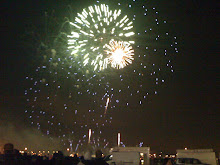










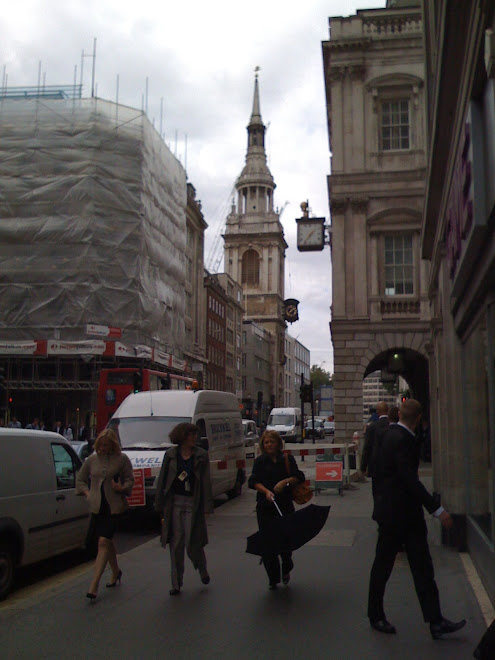

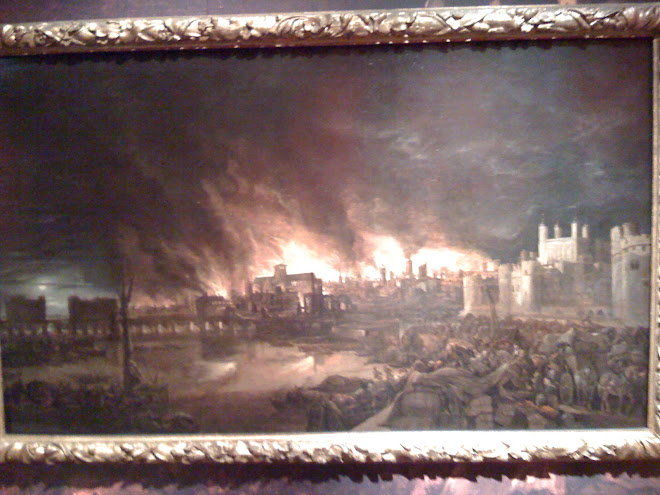
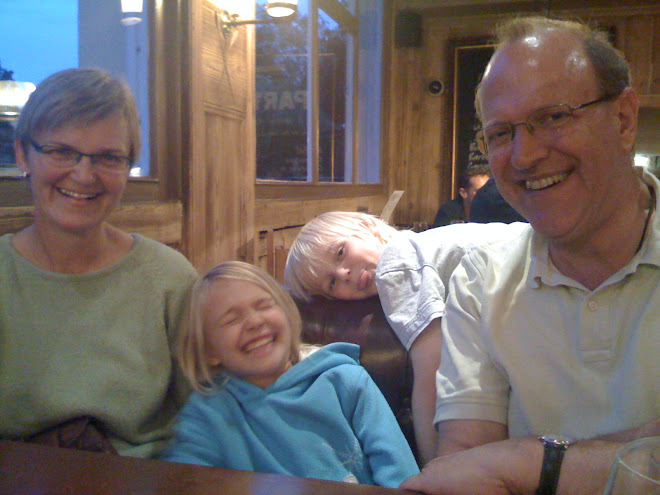


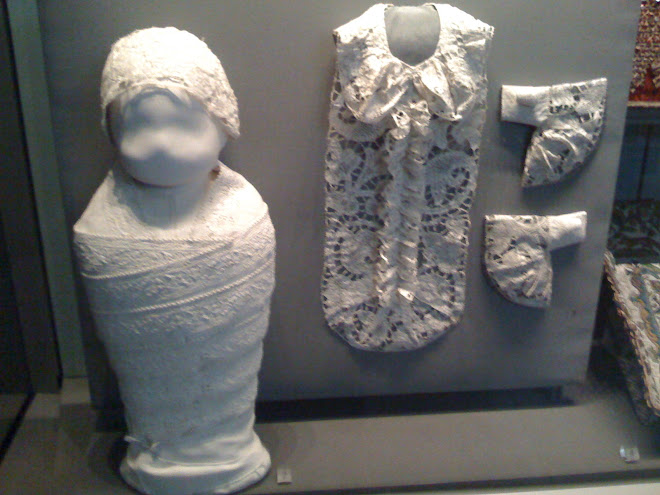
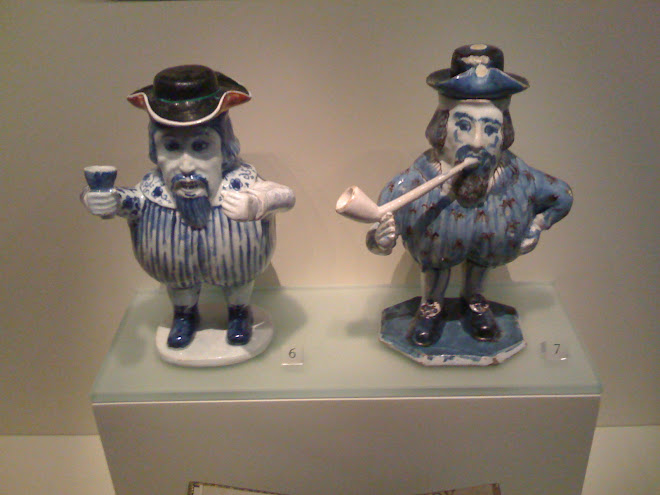
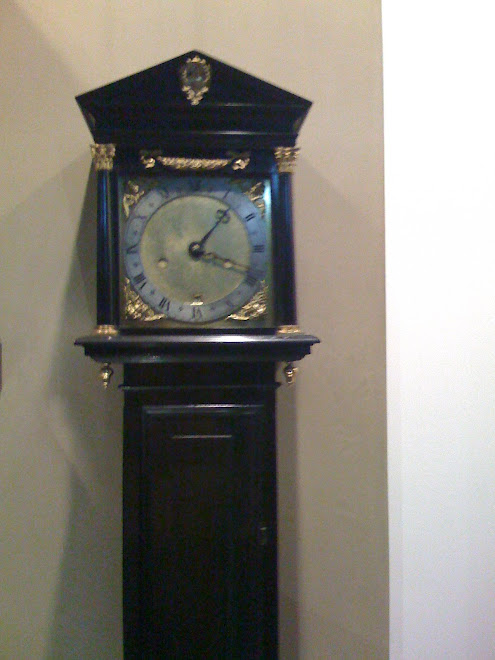
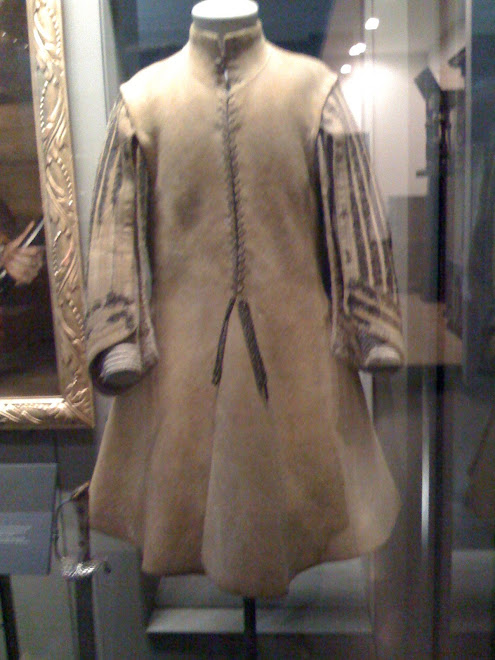

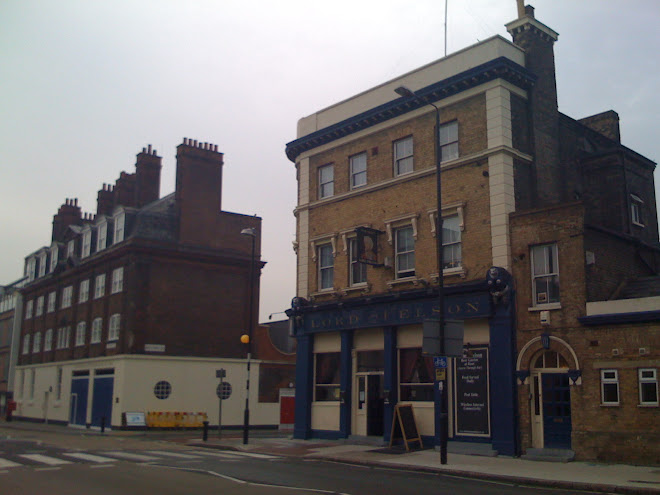
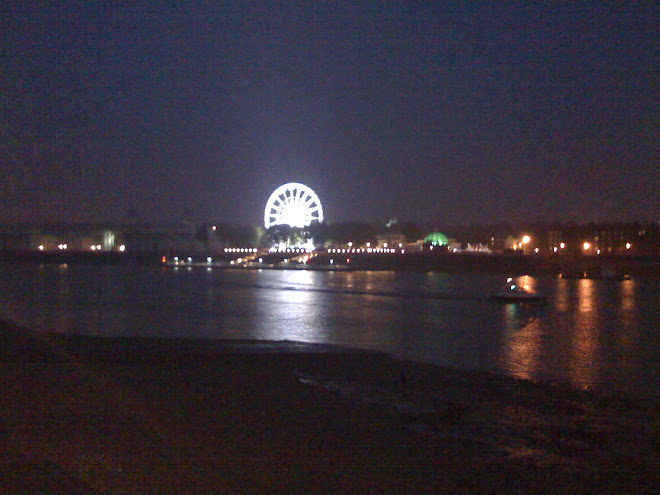
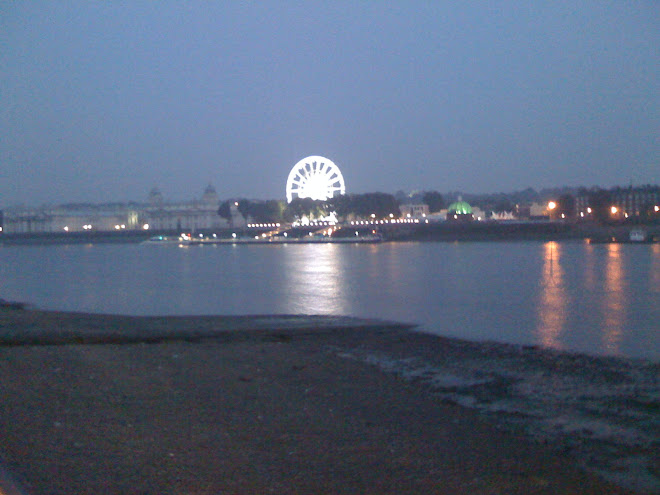
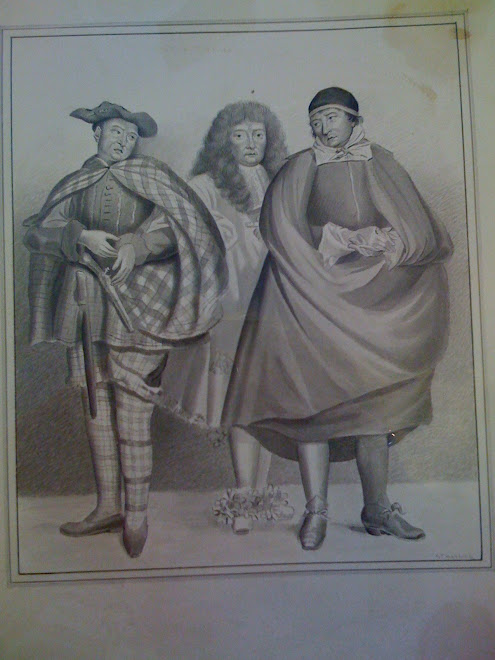
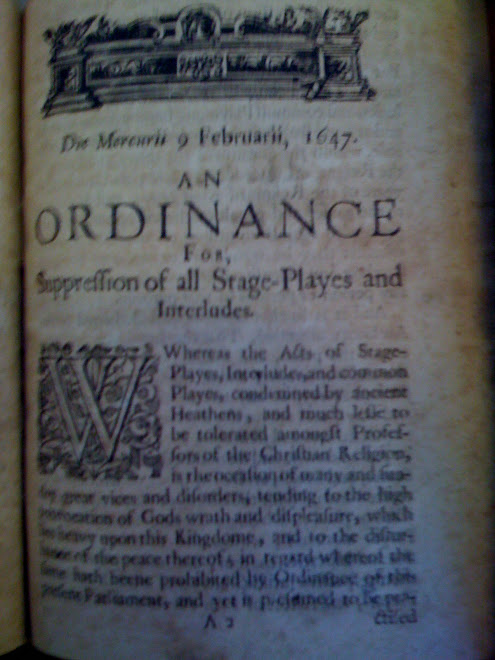
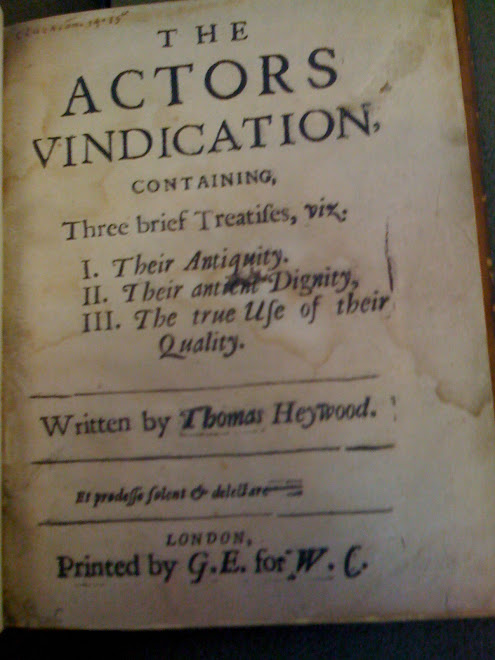
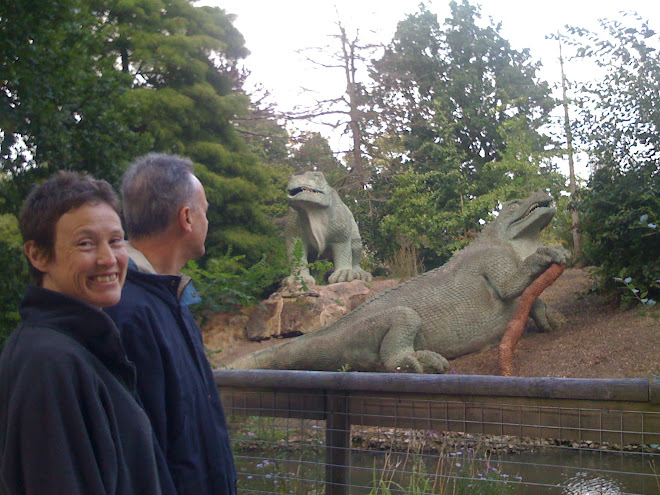


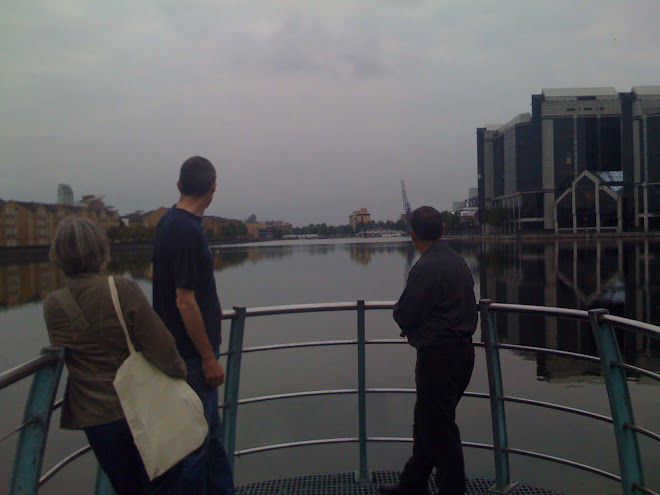
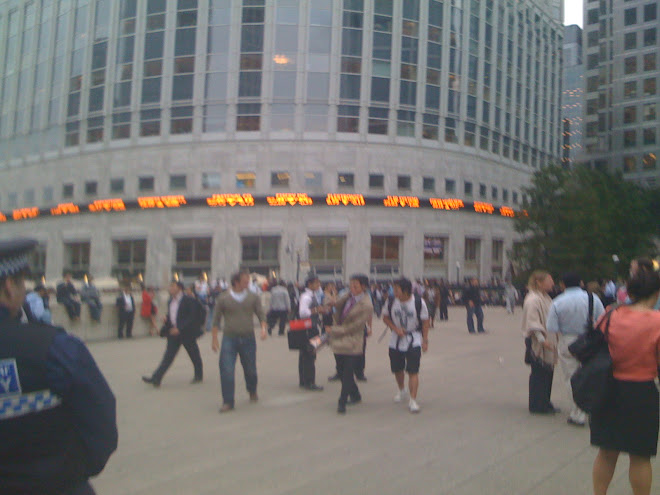
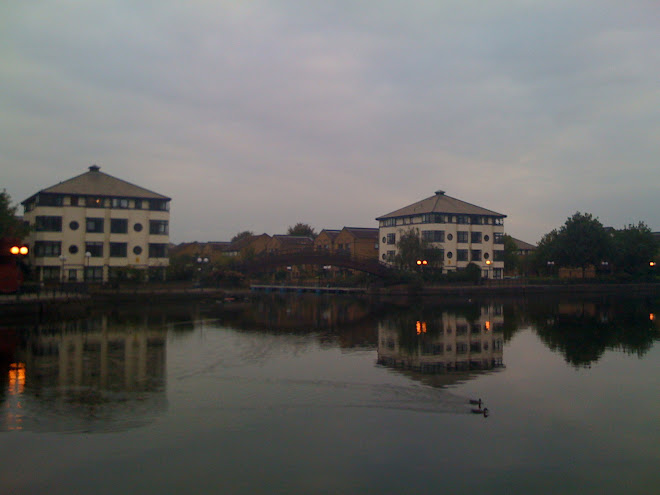

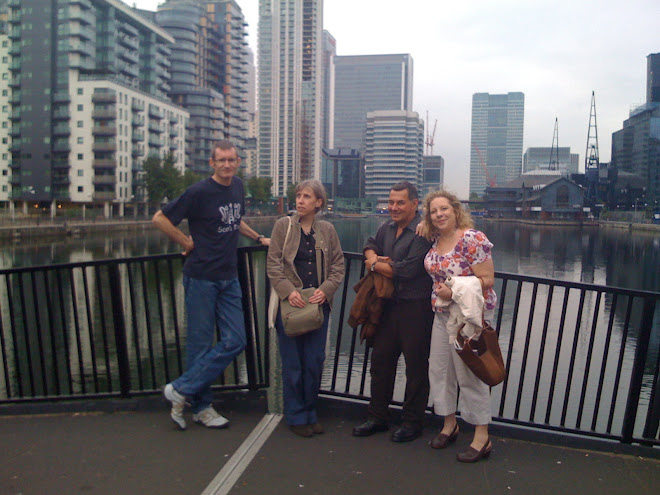

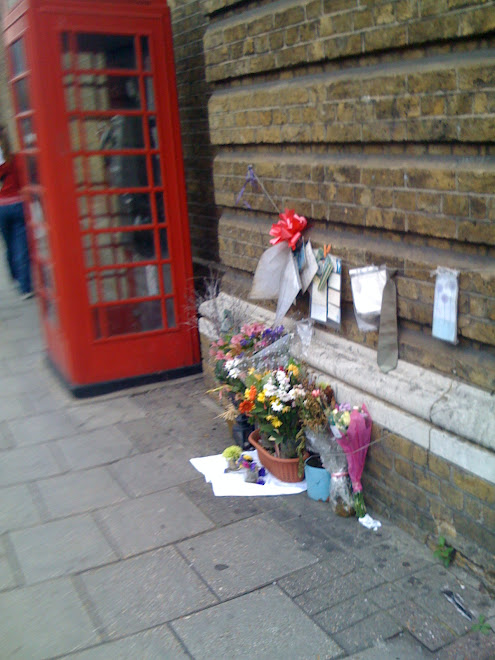

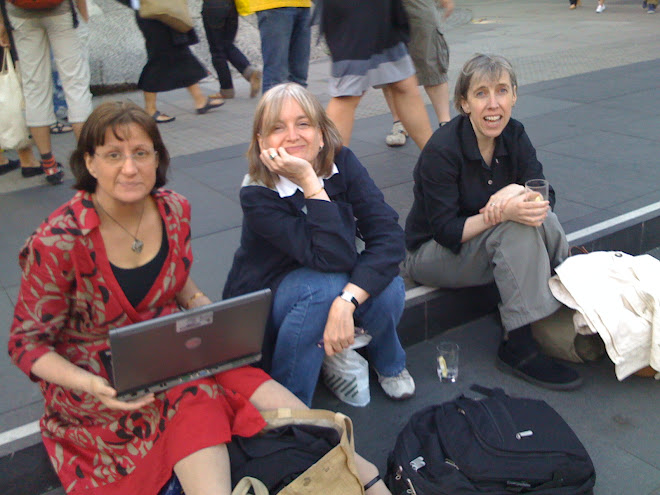
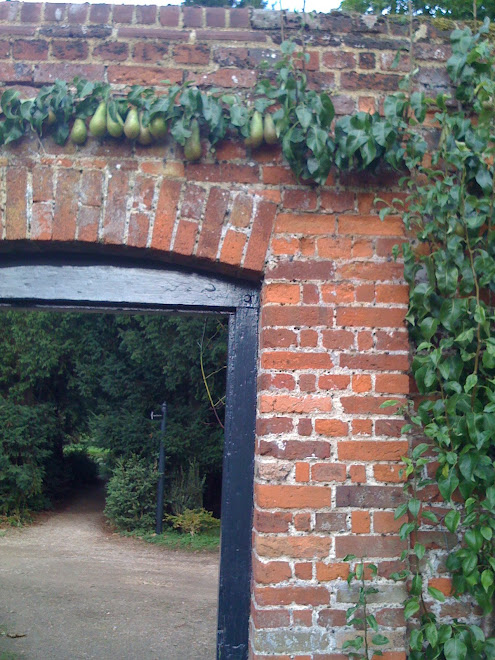
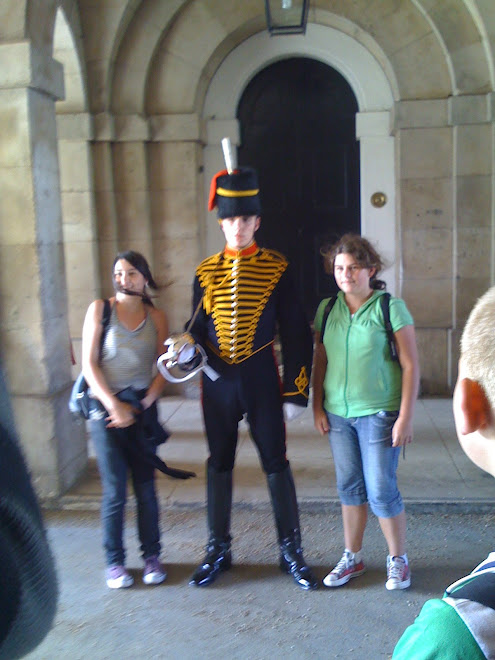
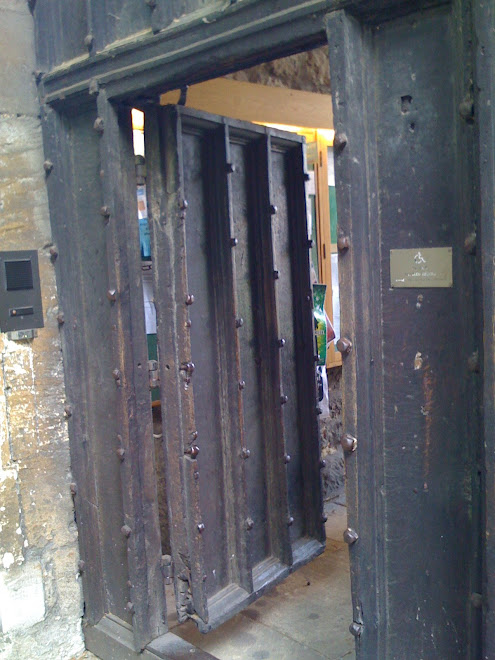
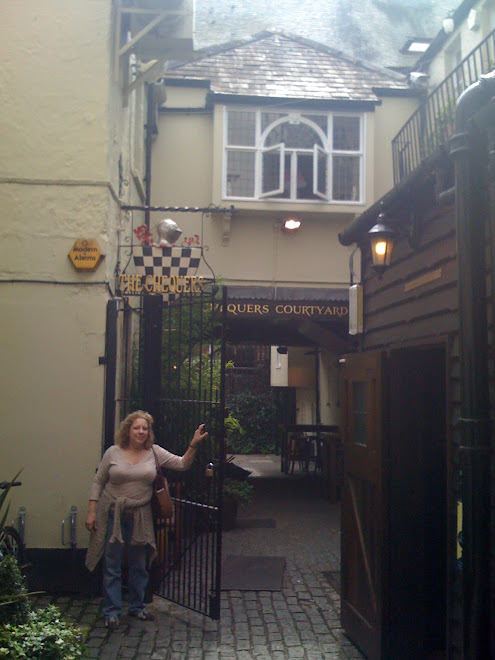
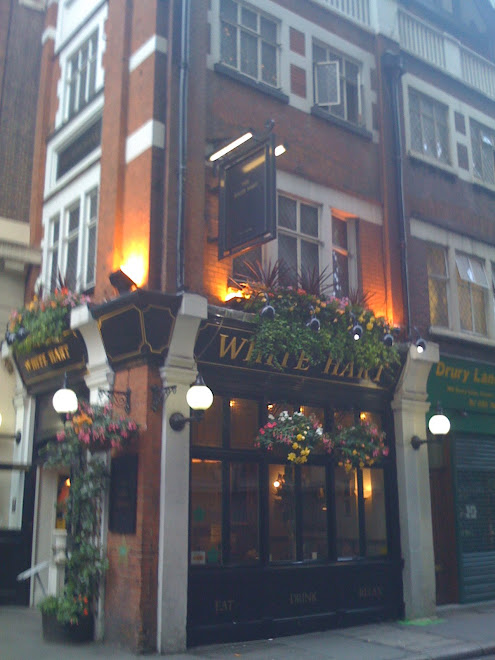


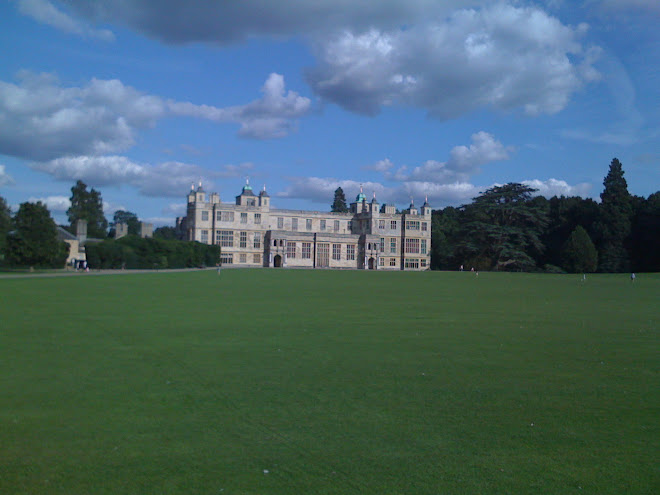
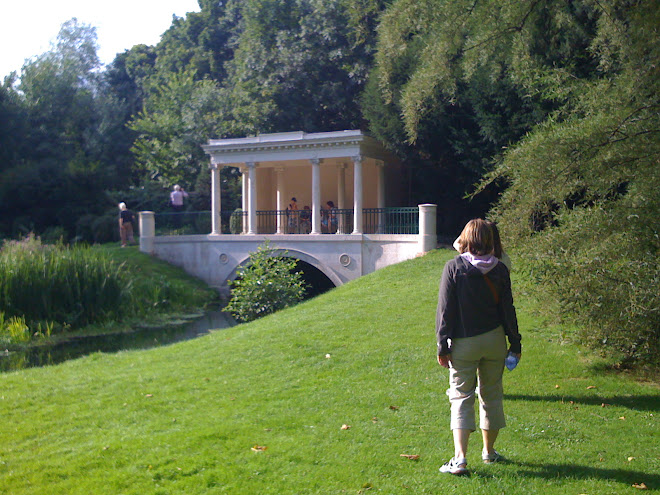

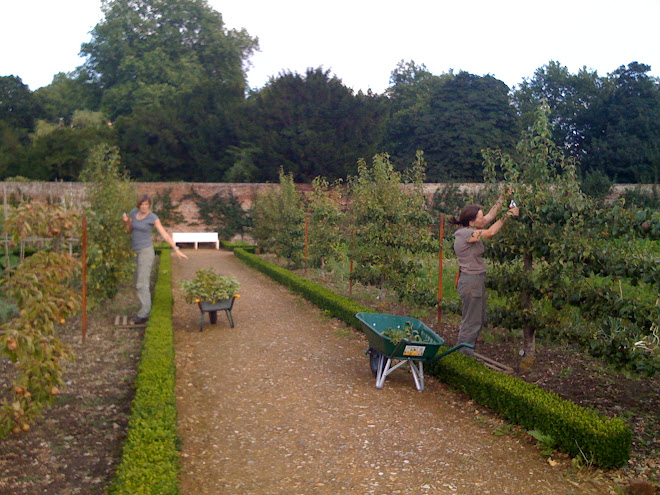
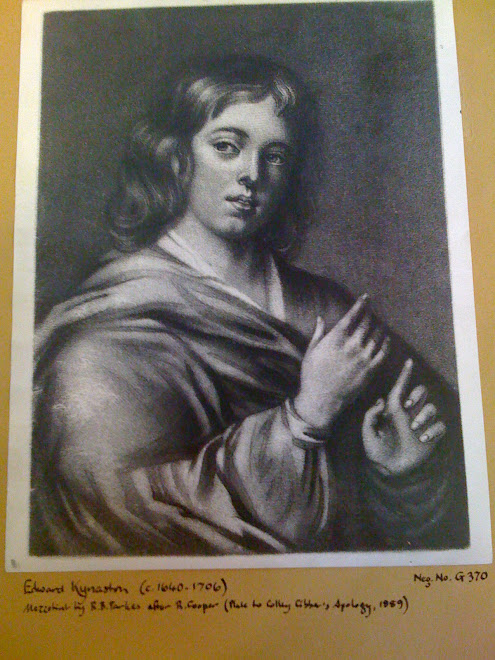


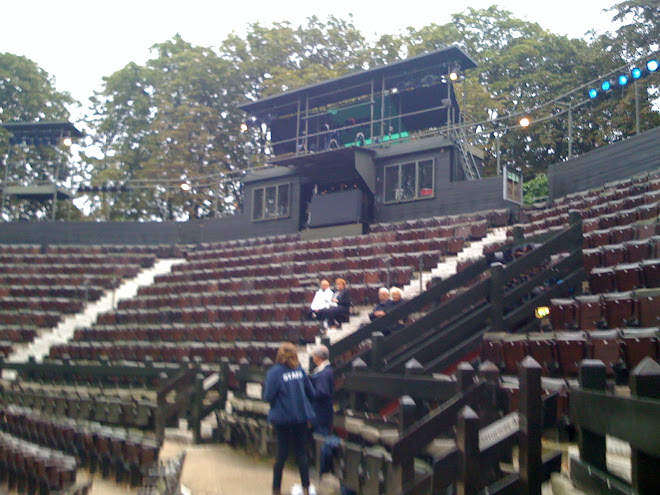
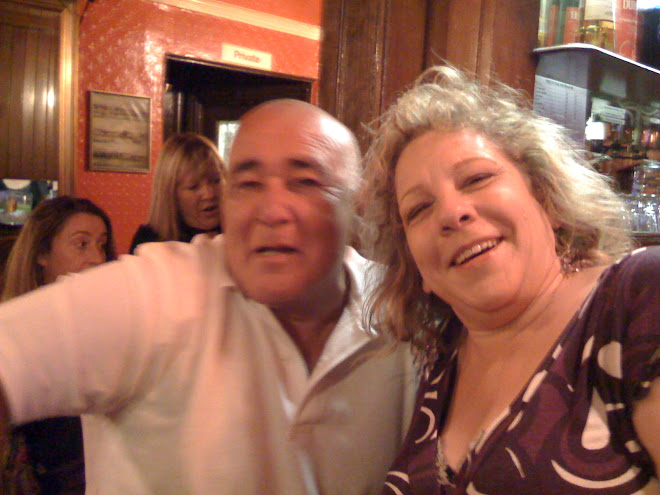

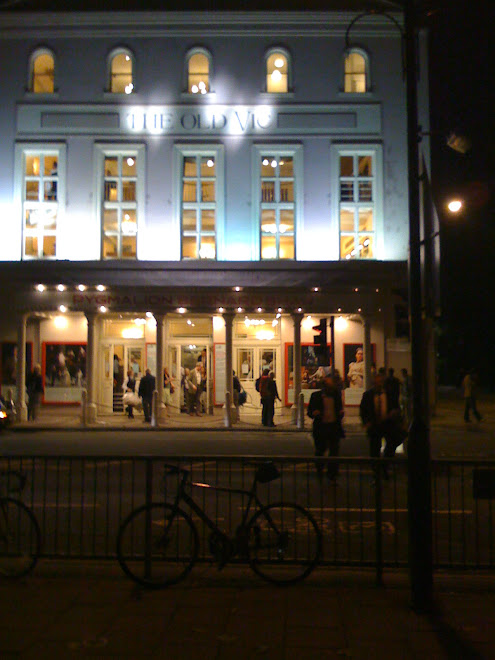
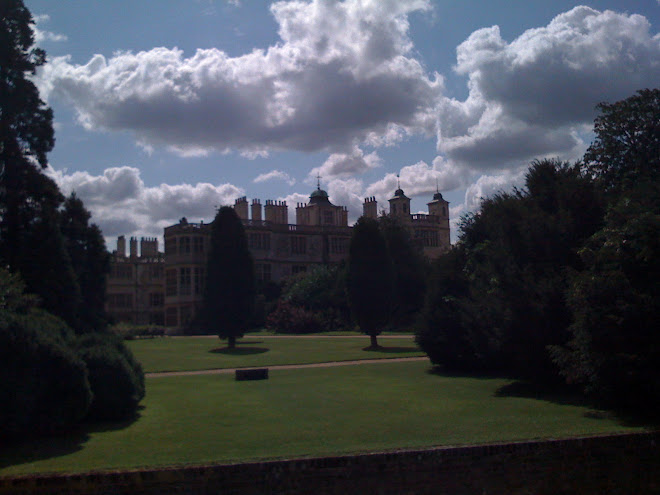
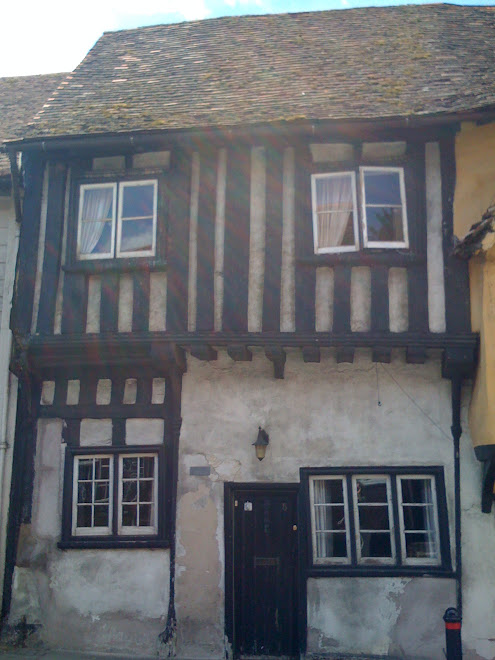

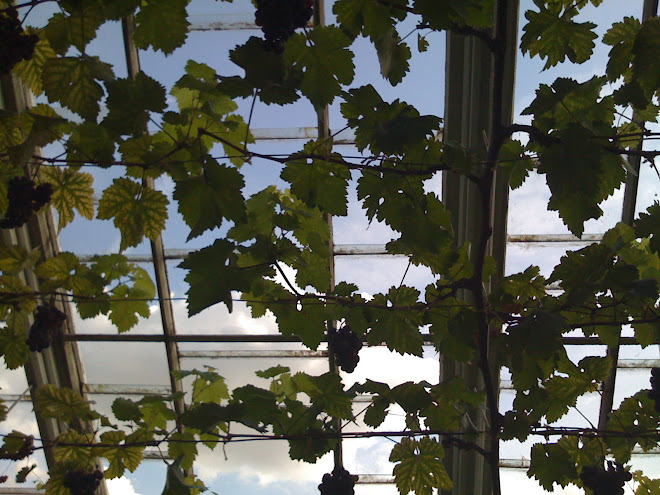
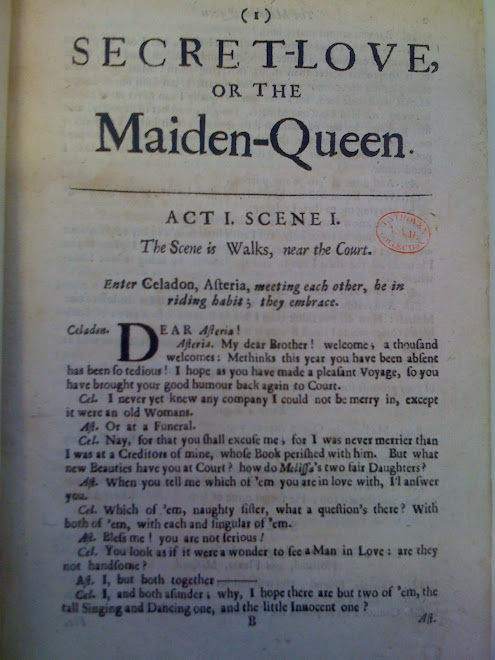
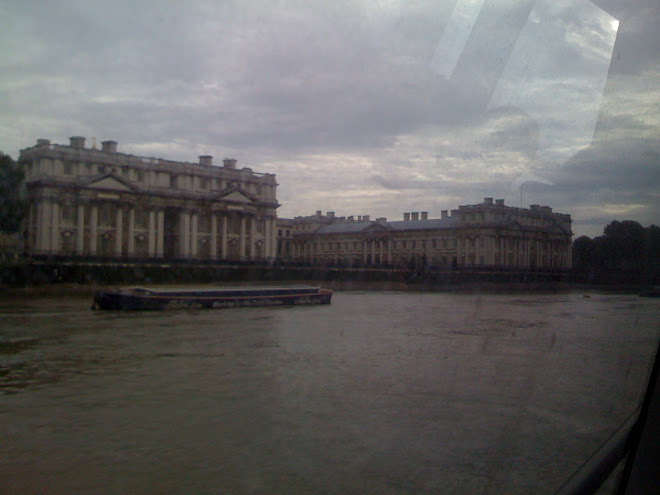

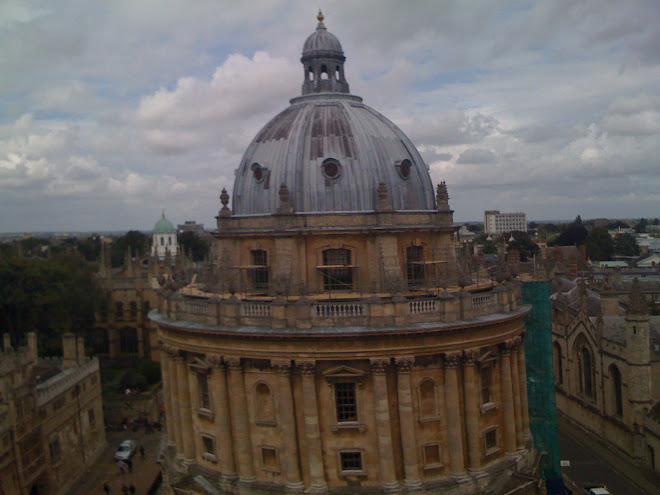
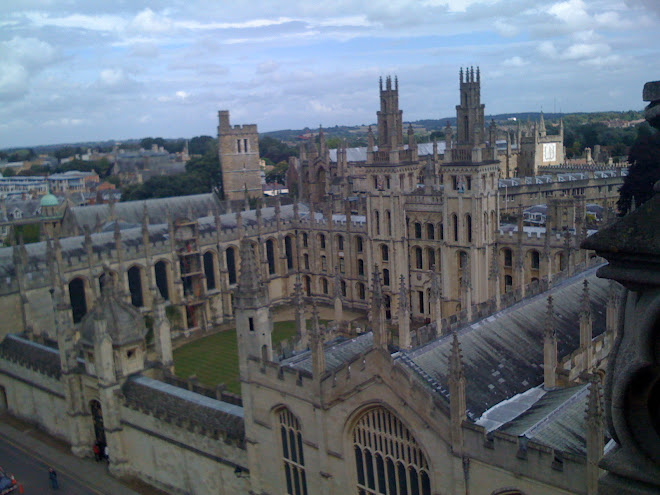
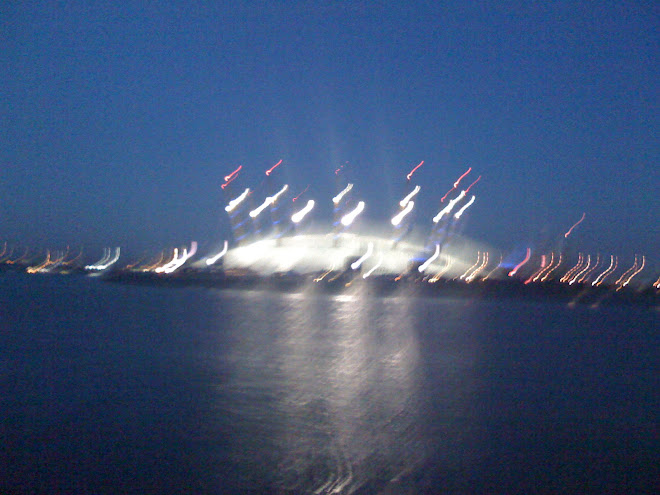
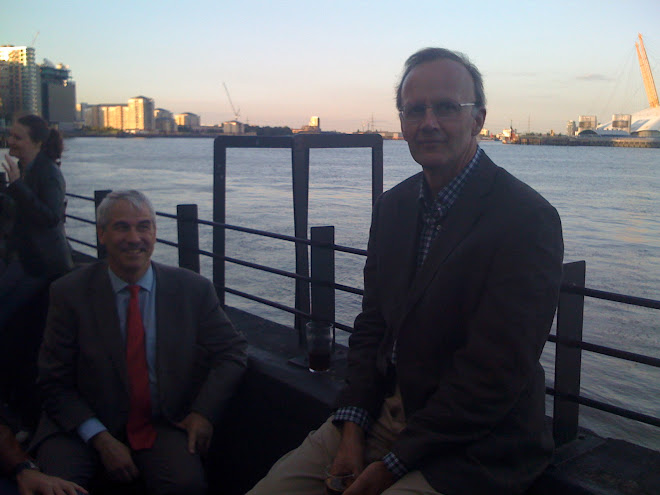
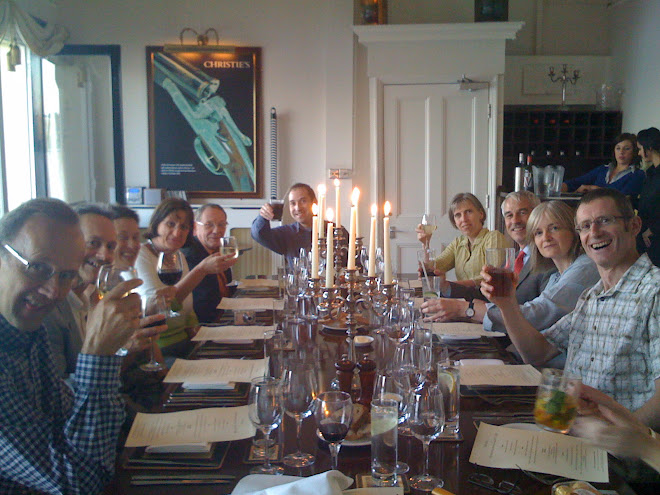



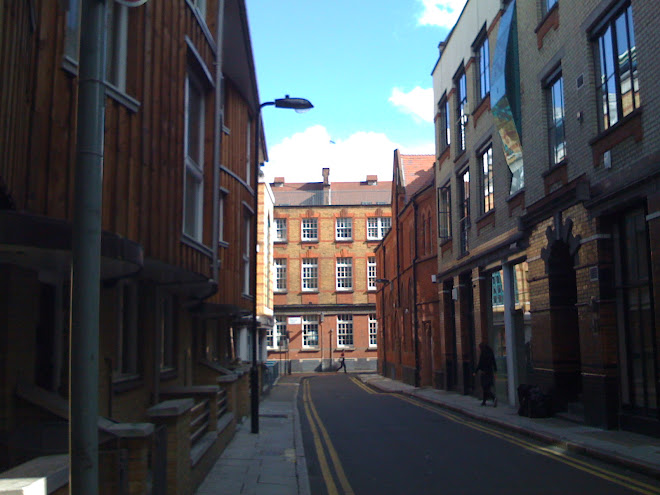
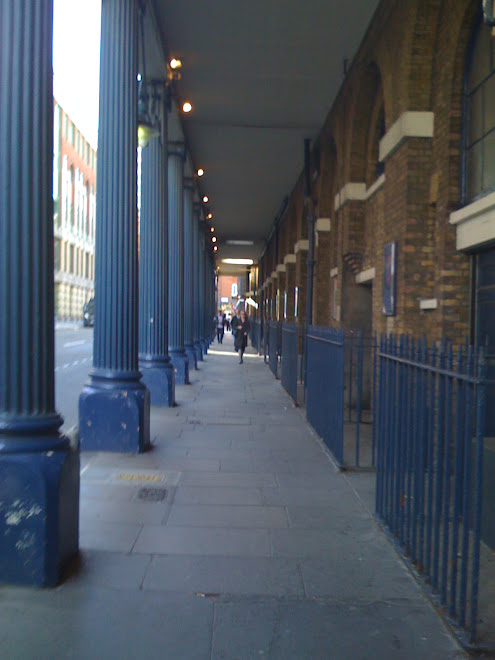

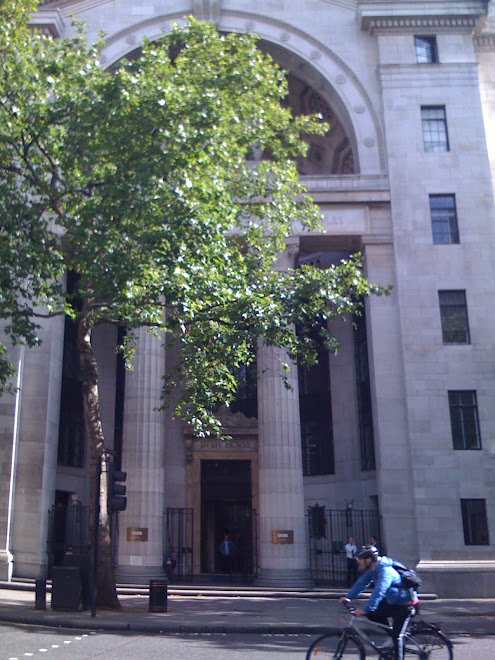

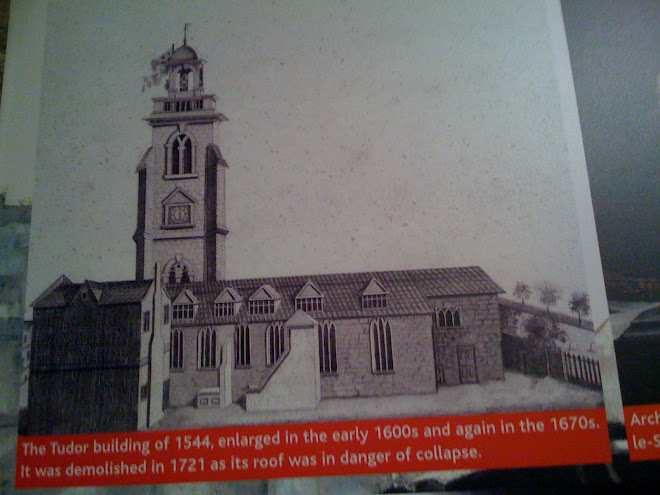
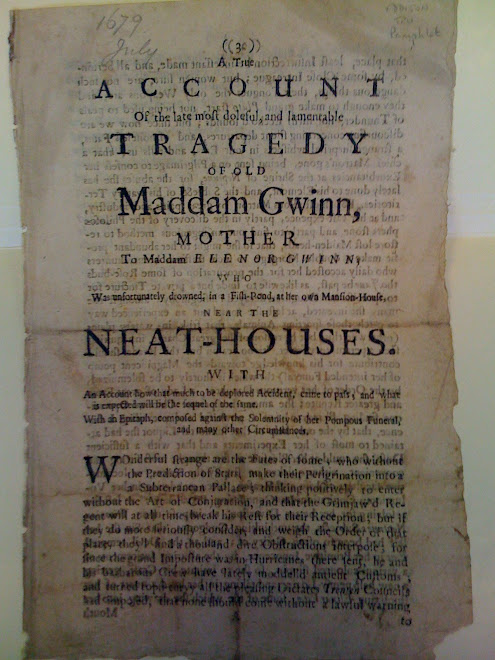
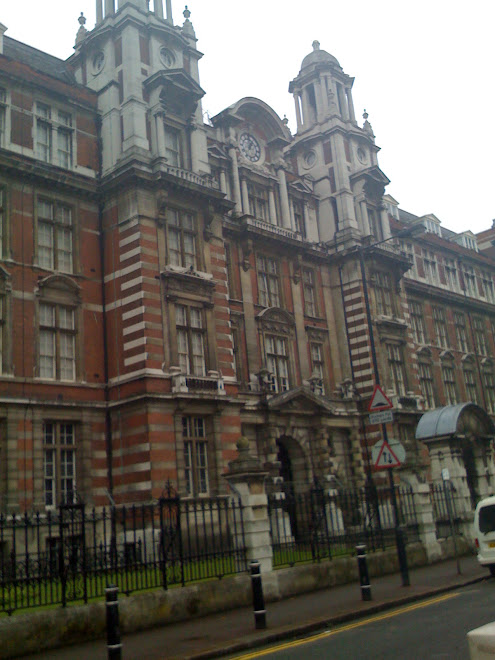
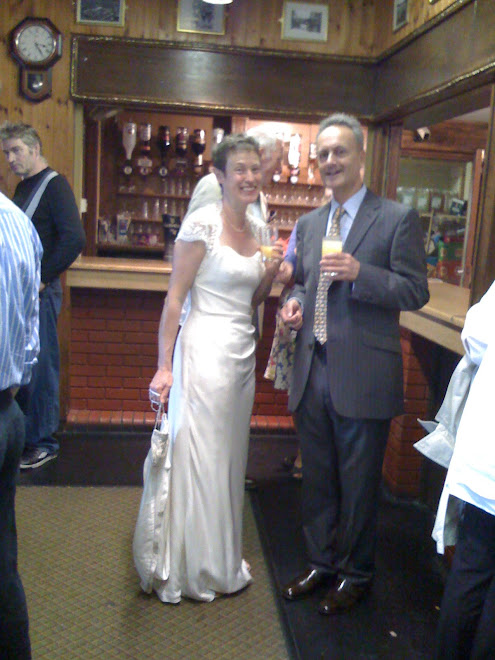

No comments:
Post a Comment